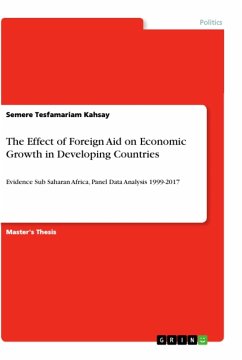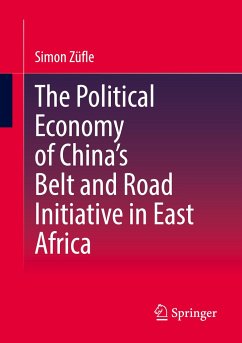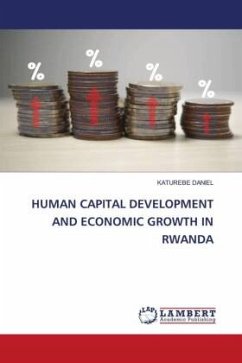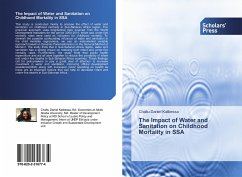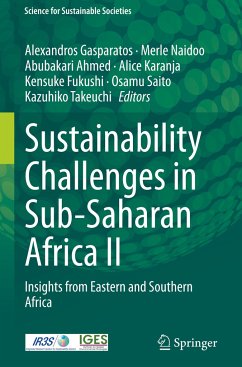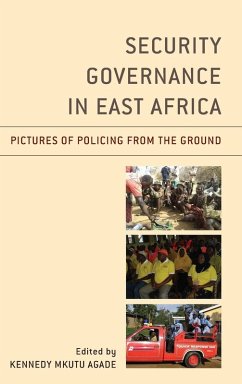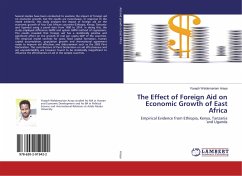
The Effect of Foreign Aid on Economic Growth of East Africa
Empirical Evidence from Ethiopia, Kenya, Tanzania and Uganda
Versandkostenfrei!
Versandfertig in 6-10 Tagen
33,99 €
inkl. MwSt.

PAYBACK Punkte
17 °P sammeln!
Several studies have been conducted to examine the impact of foreign aid on economic growth, but the results are inconclusive. In response to the mixed evidence, this study analyzes the impact of foreign aid on the economic growth of four East African countries (Ethiopia, Kenya, Tanzania and Uganda) using a panel data from 1990 to 2014. In doing this, the study employed difference GMM and system GMM method of regressions. The results revealed that foreign aid has a statistically positive and significant effect on the growth of real per capita GDP of the countries. The empirical model controls ...
Several studies have been conducted to examine the impact of foreign aid on economic growth, but the results are inconclusive. In response to the mixed evidence, this study analyzes the impact of foreign aid on the economic growth of four East African countries (Ethiopia, Kenya, Tanzania and Uganda) using a panel data from 1990 to 2014. In doing this, the study employed difference GMM and system GMM method of regressions. The results revealed that foreign aid has a statistically positive and significant effect on the growth of real per capita GDP of the countries. The empirical model controls for gross fixed capital formation, human capital accumulation, population growth and international agreement made to improve aid effectives and disbursement such as the 2005 Paris Declaration. The contributions of Paris Declaration on aid effectiveness and aid unpredictability are however found to be statistically insignificant to influence the effectiveness of aid in the sample countries.



